Gryffindor's Cap Eriovixia gryffindori

They might be pretty much nothing, but at the same time they're slightly enchanted. At just 2 millimeters long, these little insects are the littlest animals to make the rundown this year, and do as such in view of their striking similarity to the scandalous cap once possessed by the renowned worldwide wizard Godric Gryffindor.
Rose-tinted katydid Eulophophyllum kirki
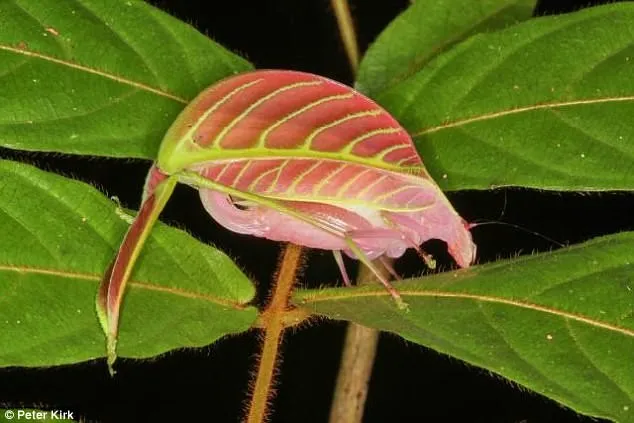
Just a single example of this flawlessly shaded creepy crawly has ever been discovered, which utilizes its unfathomably mimicry to mix in with the foliage in which it lives. While the guys are a more standard green, the females are dazzling in all their pink delicacy.
The aimless rodent Gracilimus radix
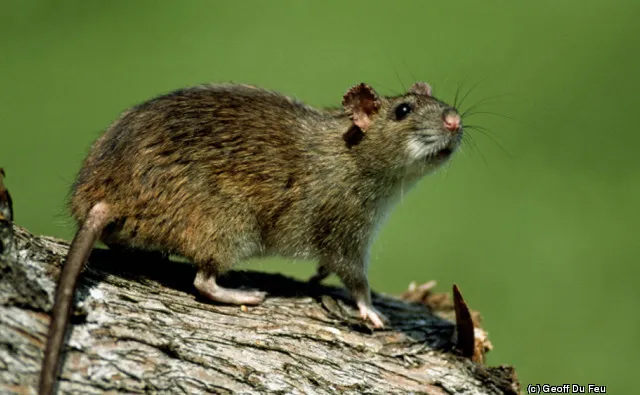
While most rodents are decently reliably flesh eating, liking to eat on different creatures, this Indonesian cutie needs it all, and is one of only a handful few genuinely omnivorous rats. Discovered just on the island of Sulawesi, this beastie is unusual to the point that it has been set in its own particular family.
No eyes, four penises, and numerous legs (Illacme tobini)

Measuring in at only 20 millimeters in length and with up to 750 legs, these little millipedes are living evidence that it's not estimate that matters. Hailing from a long line of millipedes that backpedal more than 200 million years, these American creepy crawlies originate from great stock.
A red hot contender Pheidole drogon

While this types of subterranean insect will be unable to fight with its namesake in estimate, it beyond any doubt compensates for it in appearance. The spiky reinforcement of this New Guinean creepy crawly reminded the specialists who found it such a large amount of Daenerys Targaryen's rouge mythical serpent that they chose to name the subterranean insect after it.
Brazilian excellence Potamotrygon rex
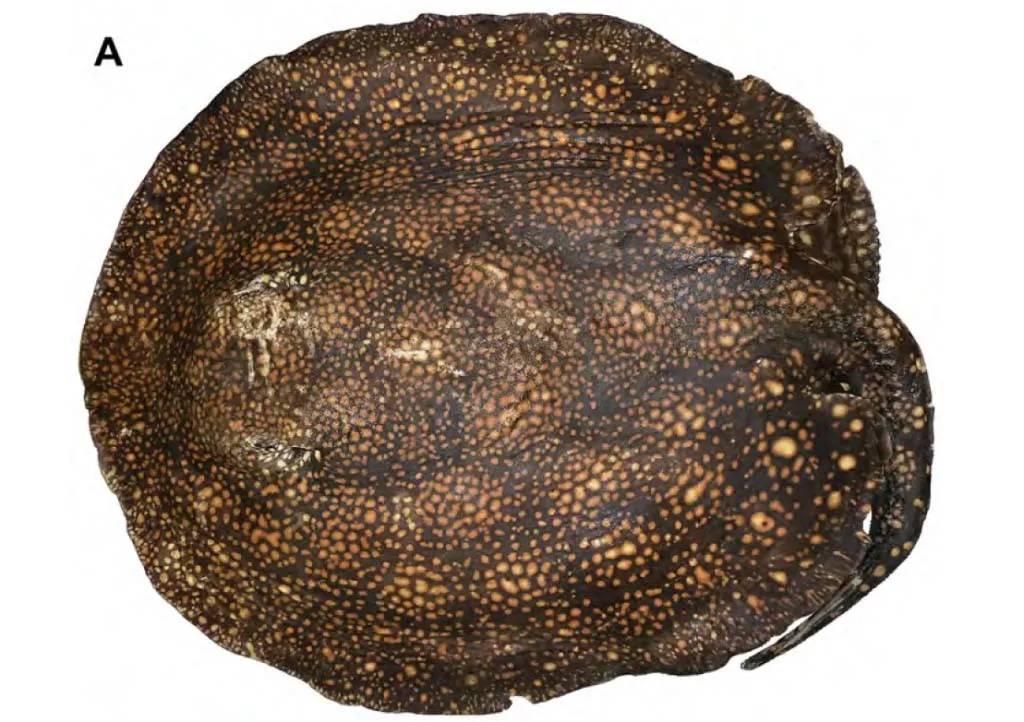
Regardless of the lively hallucinogenic print of this freshwater beam, it has figured out how to go undetected to science – like a significant number of the other fish living in the Tocantins Stream of Brazil. The extreme yellow designing of this animal, combined with a length of up to 1.1 meters (3.6 feet) and a weight of 20 kilograms (44 pounds), has given this loco beam the title "Ruler of Beams".
The inevitable bad dream Scolopendra cataracta
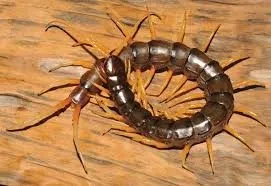
It can leave, it can swim, and it can plunge. Very few spots are protected from this most recent types of centipede from Southeast Asia. As the primary types of centipede at any point found to jump underneath the surface, it is one of a kind among its multi-legged brethren.
A haunting organic product Solanum ossicruentum

Consolidating the Latin for hard (ossi) and bleeding (cruentum), this interesting relative of the tomato has a frightful mystery. At the point when sliced down the middle, the organic product seems to "seep", as well as it at that point dries in a hard state. Found in Australia, this species has really been known to botanists for no less than 50 years, yet has just barely been portrayed authoritatively.
The internal daemon (Telipogon diabolicus)
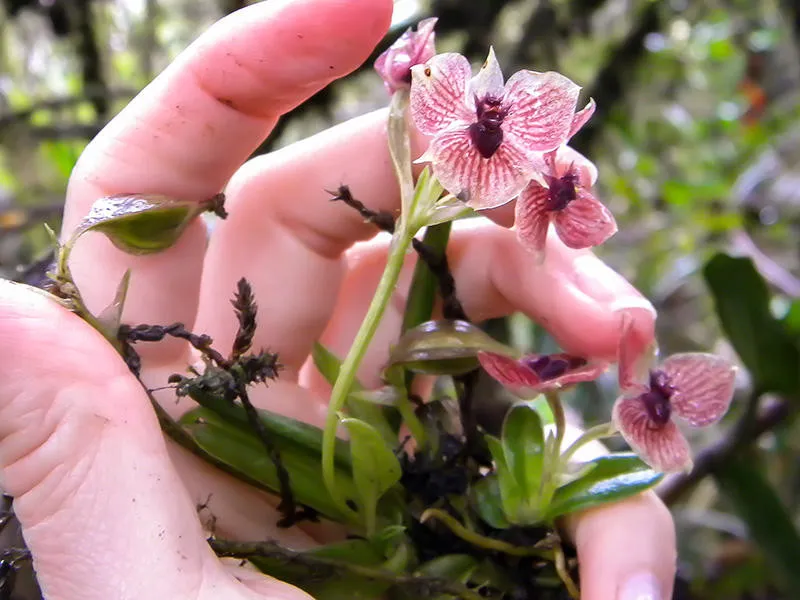
You might not have any desire to lean in excessively near get a whiff of this newfound orchid from the woodlands of Colombia, as settled in its middle is the thing that resembles a modest fiend. Found in an extremely limited range, it is as of now confronting annihilation regardless of just barely being uncovered to the world.
The remote ocean sock Xenoturbella churro
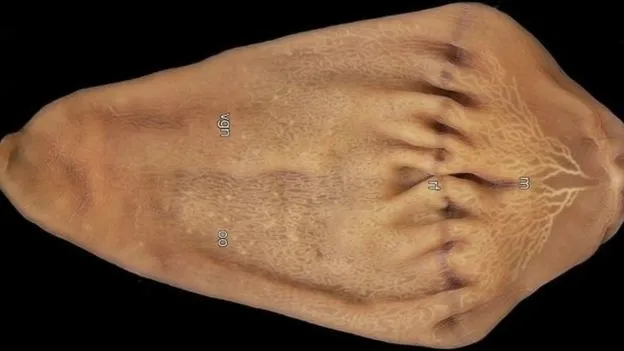
Without any eyes, no cerebrum, no gut, and no rear-end, these odd remote ocean worms have confounded scientists for over 60 years. This year saw them at last put on the developmental tree, and depicted as another species that (clearly) resembles the tasty Spanish nibble churros.